QuestionI HAVE HAD MY 17 WEEK OLD, ALL WHITE SIBERIAN HUSKY WITH BLUE EYES FOR ABOUT 2 MONTH NOW. I AM GETTING WORRIED BECAUSE HE IS A LOVELY CARM CARING DOG UNTIL HIS FOOD IS ON THE FLOOR THEN IF ANYONE GOES NEAR HIM OR TOUCHES HE LIFTS HIS MOUTH UP AND GROWLS AT YOU. IF I TOUCH HIS FOOD OR STROKE HIM I THINK HE WOULD GO FOR ME. WHAT DO I DO? MY GIRLFRIEND IS THINKING OF GETTING RID OF HIM IF HE DOESNT STOP BECAUSE WE HAVE A 1 YEAR OLD SON. BUT I COULD NOT, HES LIKE PART OF THE FAMILY NOW. SO I NEED TO KNOW HOW AND WHAT TO DO TO DISAPLIN HIM OR IF THIS IS NORMAL. PLEASE HELP IF YOU CAN. THANKS JOHN APPLEBY
AnswerThis is completely normal food aggression; not healthy or a desirable trait, but COMPLETELY NORMAL. Dogs instinctively compete for food and based on their pack nature, they realize that if they don't defend or fight for their food, they may not get to eat. In the wild, it is a fight for survival. Often dogs who exhibit this food aggression are simply more dominant dogs. Nothing wrong with this, as Siberians as a breed aren't known for being submissive.
Now, for domestic dogs, this aggression is not needed, and is undesirable. In order to fix this - start NOW. It's a simple process. First, condition the dog that your presence (and your son, and your girlfriend) is a good thing, even while eating. The way you do this, bring treats. Bribe him to like you near him. Start with a favorite treat and walk up to him while eating. Ignore if he growls, but call his name from a safe distance from his food. Encourage him to take the treat and then let him go back to eating. Next time (and it can be the same feeding), get just a little closer. Over a week or so of doing this, you should be able to walk up next to him with the treat, call his attention and get him to eat your treat.
Next, hold his bowl of food and make him sit for it - ALWAYS! Another thing I like doing at this point is holding a treat in one hand, his bowl of food in the other. Ask him to sit, and bring both down together, your hand with the treat inside of his bowl of food. Therefore, he gets the treat from your hand right inside his own bowl of food.
After some time with activities like this, your next step is feed him half of his normal portion of kibble. The other half you have. As he is eating, you grab a small handful of kibble and call his attention again to you. You let him eat some from your hand, but pour the rest right into his bowl from your hand. Now he begins to be conditioned that your hand is a giving of food rather than stealing of it. Repeat this process until you provide him his normal amount of food. If you provide supplements to his kibble (like meat or anything), don't give that in that bowl at first, make sure you give that from your hand as well.
After a week or more of this process, you should let your hand linger as you give him food. Perhaps pick up a little kibble from his bowl to give him from your hand. Again, you are conditioning him that your hand is not a threat. The next step is to have a treat, take his bowl up and give him the treat. Then, ask him to sit and return the bowl. Over time, you should be able to do all of this without the treats involved - instead, the dog simply trusts that you will give him food no matter what, and that generally not protecting his food actually reaps greater rewards.
It is also important that everyone does this in incremental stages and that NO ONE feeds him without at least making him sit for it (or lie down). If the dog growls a little in the beginning, ignore it. If the growls become deep and pronounced, and the lip curl is also deep, I would recommend a professional be brought in to help. Barring that, a quick stern "NO!" and a grab of the collar can be effective. However, this aggressive treatment usually does not help eliminate aggression in the dog; you have to know how to apply it. In most cases though, the above mentioned methods are sufficient. If the dog is growling too much, it may also be a sign you are rushing too much to the "next step." This whole process could take 6-8 weeks depending the dog, but you should see some progress and relaxation from the dog in the first week or so. So just be careful and don't rush things.
Feel free to write back if you have any further questions, but please, never use ALL CAPS. It is difficult to read and will almost always result in rejecting the question.

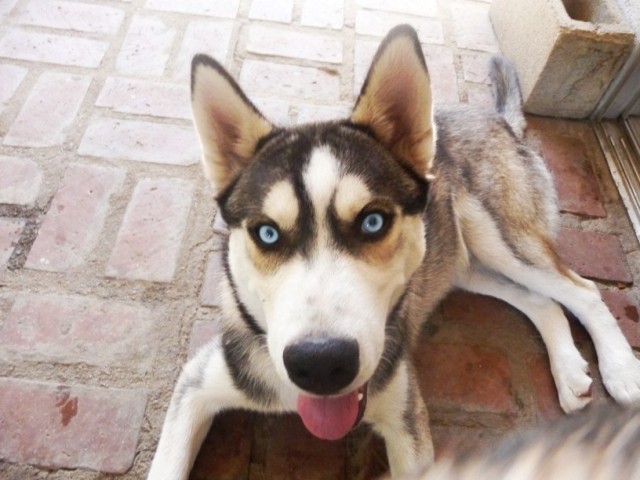 Husky Color
Question
Orion
Hi I have a beautiful 6 months old husky
Husky Color
Question
Orion
Hi I have a beautiful 6 months old husky
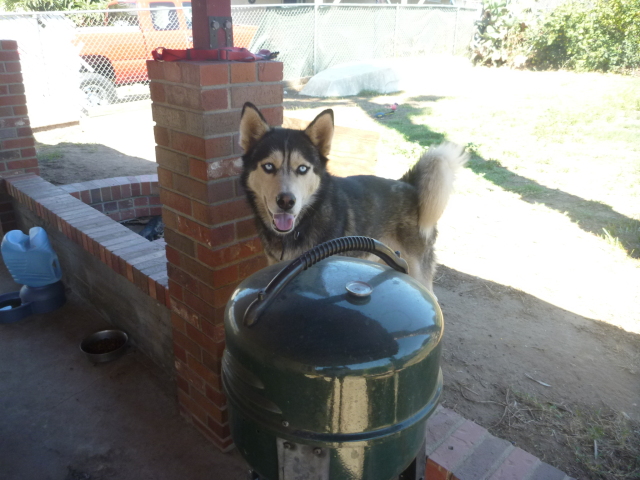 My husky and other dogs.
Question
Kona
My siberian husky, Kona, is 2years old an
My husky and other dogs.
Question
Kona
My siberian husky, Kona, is 2years old an
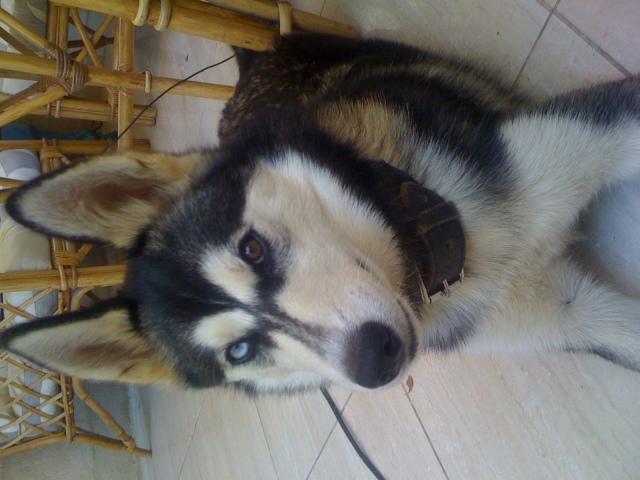 coming when called
QuestionQUESTION: hi, i have a female husky that is app
coming when called
QuestionQUESTION: hi, i have a female husky that is app
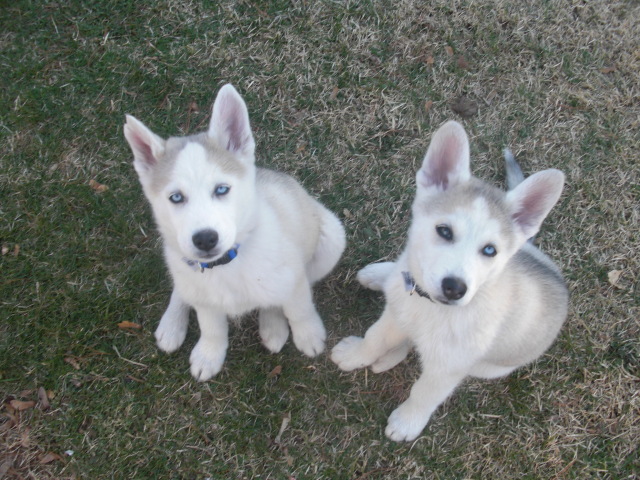 2 12 week old Husky brothers play/fighting
QuestionJasper & Sigmund
QUESTION: Two weeks
2 12 week old Husky brothers play/fighting
QuestionJasper & Sigmund
QUESTION: Two weeks
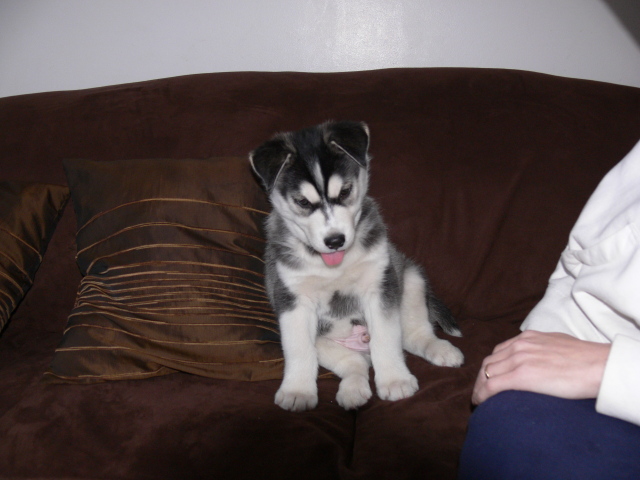 Husky Puppy Weight
Question
Zeus The Puppy
Hi we got Zeus at 6 1/2 weeks o
Husky Puppy Weight
Question
Zeus The Puppy
Hi we got Zeus at 6 1/2 weeks o